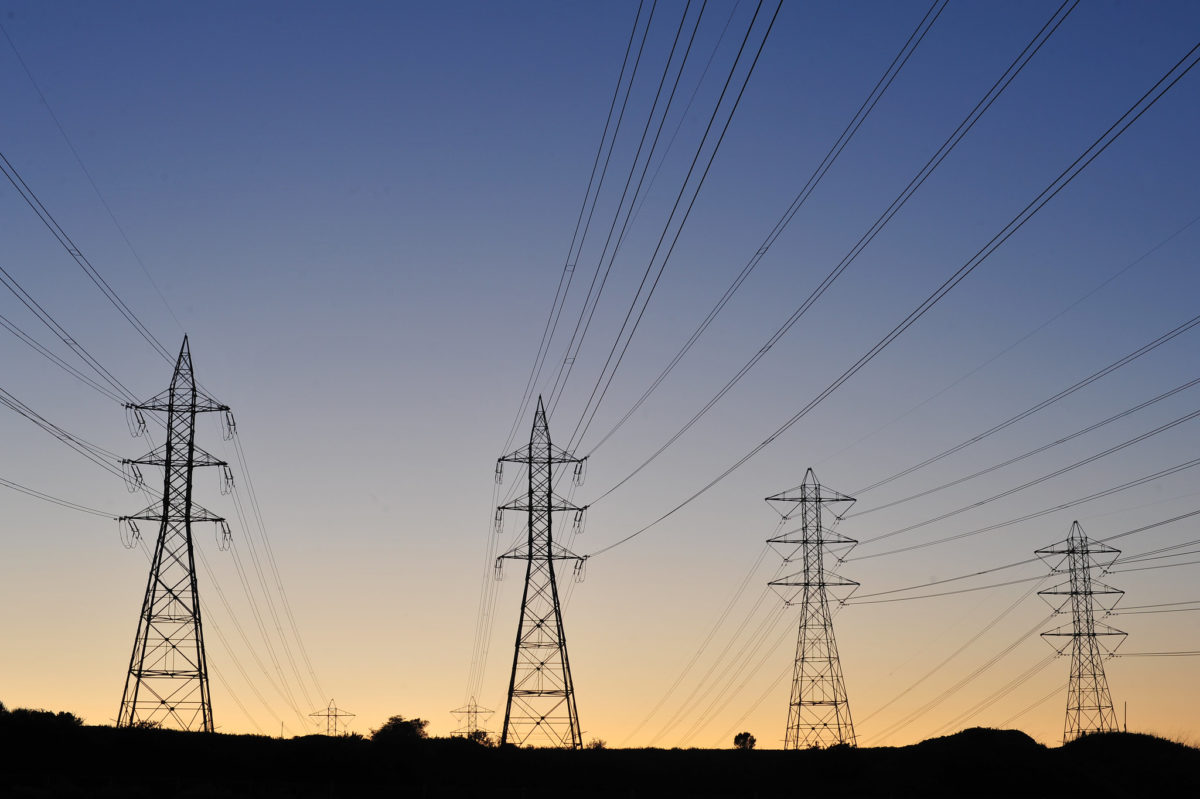The benefits of working with aggregators are twofold for owners of solar PV plants. Offering different types of flexibility unlocks additional revenues, while they can also reduce total cost of ownership by implementing strategies such as peak shaving.
Aggregators are not only beneficial for solar plant owners, but vital for the growth of installed PV capacity across Europe and beyond. Increasing the number of sustainable providers of flexibility will enable a higher penetration of renewables in the energy mix. It will also lead to grids with lower overall costs and carbon emissions than would be possible if only gas-fired generation was used to balance supply and demand.
Independent aggregators provide flexible services without links to an electricity supplier or balance responsible party. They provide an essential route into European electricity markets for owners of flexible assets such as solar PV, batteries and heat pumps, plus allow suppliers that would otherwise be too small to participate.
Various studies, such as from SmartEn, have shown that independent aggregators offer many benefits to the European electricity markets. One of the main reasons why European policymakers view independent aggregators as necessary is the choice they provide.
Signing up with a non-independent aggregator means that businesses are tied to one energy company. This restricts market competition and stops electricity consumers from being able to pick their preferred energy company of choice, potentially locking them into an overpriced energy contract. This is one of the reasons why energy companies are very interested in flexibility, though it also contradicts the belief that European policymakers generally try to avoid dominant market positions.
However, there is currently no coordinated European approach to easily allow independent aggregators into electricity markets. EU Directive 2019/944 on common rules for the internal market for electricity and Regulation 2019/943 on the internal market for electricity state that EU members must permit and encourage the participation of demand response through aggregation, plus allow final customers to participate alongside producers in a non-discriminatory manner across all electricity markets.
They also state that consumers should be free to buy and trade electricity services independently from their electricity supply contractors. While it is welcoming to see this top down push, it is currently not being implemented coherently. EU member states must ensure that regulatory frameworks contain the necessary mechanisms for independent aggregators to enter electricity markets without needing consent from other players.
Without the right regulations in place, there is no route to market for independent aggregators and they simply cannot operate – as is the case in most EU countries currently. Policy tends to be slow to change at a member state level due to the incumbent effect. Traditional energy companies are pushing back against independent aggregators as they see them as a threat to their business model. Another reason is that it requires extra work. The mindset of both TSOs and distribution system operators is to keep things as they are if they are working. They need to be pushed to change.
Current policy does not go far enough because independent aggregators are still not fully recognized as parties that can provide balancing services. Even in the most advanced markets, they are still only allowed to operate in certain markets.
For independent aggregators to be recognized for the vital role they can play in the electricity market, three things must happen. Firstly, in early-stage markets, demand-side is not allowed to participate in either the balancing or reserve markets – this needs to change. Secondly, aggregation also needs to be permitted across all markets. This allows the aggregator to act on behalf of many different entities, each of which would be otherwise too small to participate in the markets on their own but when together can have a big impact. Finally, independence must be recognized and encouraged. For example, in Sweden demand-side and aggregation are allowed, but companies still must work with a balancing resource party, limiting competition and innovation.
It is also worth noting that there is a considerable difference between energy markets and balancing markets. In the former, energy is sold and bought to be used in the future, with the main markets being day-ahead. This method enables producers, including owners of solar parks, to try and sell all of the capacity they plan to produce, while consumers buy the amount they think they will need for the next day.
At all times, there must be as much power produced as there is consumed. If there is either not enough or excess capacity, then TSOs must balance the grid. That is where balancing markets come in.
It is currently easier to allow independent aggregators to participate in balancing markets. However, what the EU wants and needs is for independent aggregators to be easily allowed into energy markets too.
Comprehensive consultation is needed to encourage countries to allow independent aggregators to enter both the energy and balancing markets. Additionally, it will require courage from TSOs to push things through in the face of pressure and pushback from traditional incumbents. These traditional incumbents often use their own conventional power plants to supply balancing services. An independent aggregator works with businesses to use decentralized assets to provide these services.
There is also a fear that energy security and supply could be affected by the involvement of independent aggregators. However, results from countries and regions which have already enabled independent aggregators to enter the market such as the Nordics and the Netherlands show that there is no issue with energy security and that sufficient supply can be maintained at all times.
Country-specific policy changes will also be required, with independent aggregators needing to be recognized by regulators. A law was recently passed in Spain that officially recognized them, but this still needs to be approved by the regulator and TSO.
More independent aggregators need to enter the market to help shape the electricity systems of the future, as they will play a vital role in increasing flexibility participation and ensuring a successful energy transition. But they require some help along the way in the form of regulatory changes and a move away from the status quo.
About the author

Simon Bushell is the CEO and one of the founders of Sympower. His mission is to contribute to the systemic change needed to stop the climate crisis. Simon featured on Forbes’ 30 under 30 list for Social Entrepreneurs in 2018. In the same year, he was also named a top talent by Dutch daily financial newspaper Het Financieel Dagblad. Outside of Sympower, Simon sat on the inaugural committee of de Jonge Klimaatbeweging, the Dutch Youth Climate Movement, and is a published researcher on the subject of climate change communication.
The views and opinions expressed in this article are the author’s own, and do not necessarily reflect those held by pv magazine.
This content is protected by copyright and may not be reused. If you want to cooperate with us and would like to reuse some of our content, please contact: editors@pv-magazine.com.



2 comments
By submitting this form you agree to pv magazine using your data for the purposes of publishing your comment.
Your personal data will only be disclosed or otherwise transmitted to third parties for the purposes of spam filtering or if this is necessary for technical maintenance of the website. Any other transfer to third parties will not take place unless this is justified on the basis of applicable data protection regulations or if pv magazine is legally obliged to do so.
You may revoke this consent at any time with effect for the future, in which case your personal data will be deleted immediately. Otherwise, your data will be deleted if pv magazine has processed your request or the purpose of data storage is fulfilled.
Further information on data privacy can be found in our Data Protection Policy.